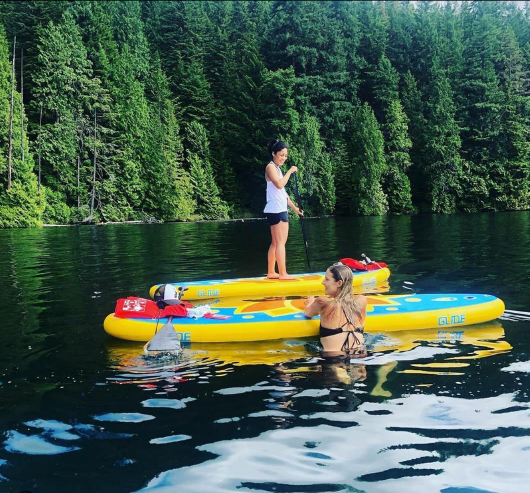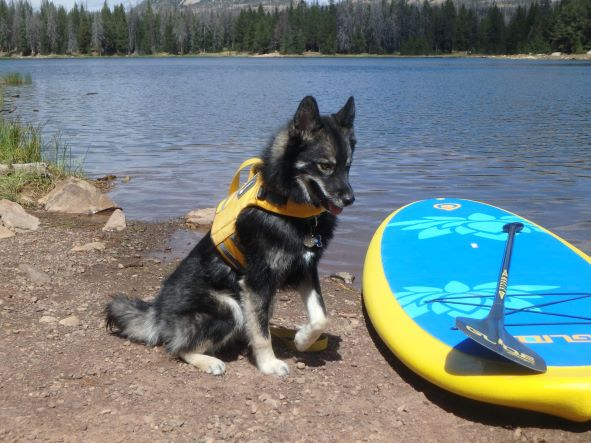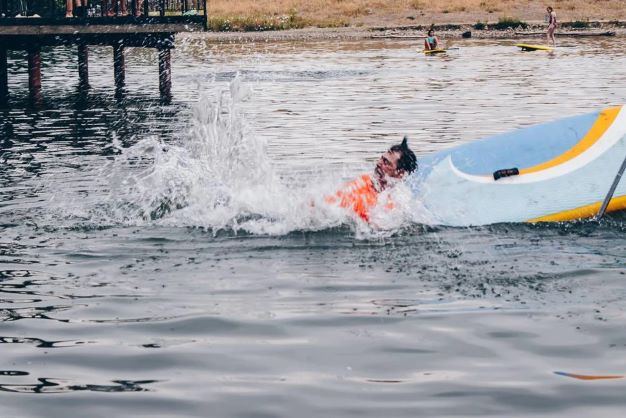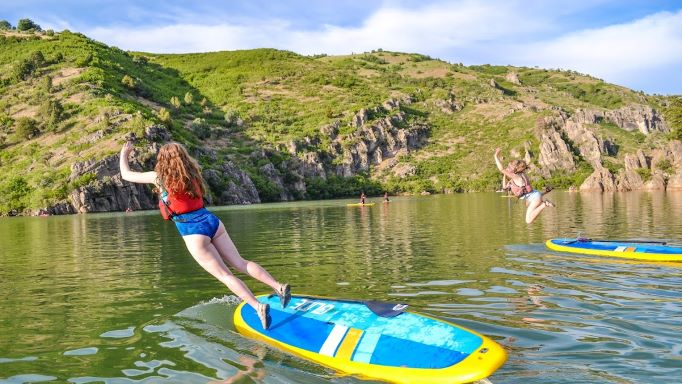
How to get onto your sup.
Key Highlights:
- Launching from the Shore: Begin with your SUP's nose towards the water and paddle across the deck. Kneel before moving to stand as you paddle away from the shore.
- Recovering After Falling Off: Use the carry handle and far rail to pull yourself up, or employ the "snake" technique for a smooth re-entry onto the board.
- Paddle Boarding with Dogs: Assist your dog back onto the board using their life jacket handle or by gently lifting them, maintaining balance to ensure safety.
- Maintaining Balance: Keep knees slightly bent, toes pointed forward, and use your paddle for stability and maneuvering, including turning with a reverse sweep stroke.
- Safety Measures: Always wear a personal flotation device (PFD) and be mindful of your surroundings to ensure a safe paddle boarding experience.
Getting onto and off your stand-up paddleboard (SUP) might seem daunting at first, especially for beginners or those introducing their furry friends to paddle boarding. However, with a few simple techniques, you'll be navigating this process like a pro in no time. This guide covers the essentials of boarding and disembarking, whether you're just starting from the shore or finding your way back onto your SUP after a refreshing dip.
Launching Your SUP
From the Shore
-
Positioning: Start with your SUP's nose facing towards the water. Place your paddle across the deck for easy access.
-
Board Entry: If you're paddle boarding with a dog, let them hop on now. Gently push the board into the water until it starts to float.
-
Kneeling Start: Step onto the board and remain on your knees, using your paddle to move away from the shore. This position offers greater stability as you prepare to stand.
-
Standing Up: Once in deeper water, move to the board's center near the carry handle. Slowly rise to your feet, using your paddle for extra support and balance.

Recovering After a Dip
Whether You Fell or Jumped Off
-
Board Re-entry: Swim to your board and grab the carry handle. Reach across to the far rail, letting your legs float behind you to aid in propulsion as you pull yourself up.
-
The "Snake" Technique: For those with sufficient arm strength and a stable board, you might be able to hoist yourself directly onto the board. Use a wiggling motion to slide yourself back into a central position.

If You're Paddle Boarding with a Dog
- Dog Recovery: Securely on your knees or in a stable seated position, use your dog's life jacket handle to assist them back onto the board. If the jacket lacks a handle, you might need to scoop them up gently, ensuring both of you remain balanced.

Tips for Maintaining Balance
- Bent Knees: Keep your knees slightly bent and your toes pointed forward, maintaining a hip-width stance for stability.
- Paddling Basics: In a standing position, alternate paddling on each side of the board. For turning, employ a reverse sweep stroke.
- PFDs: Always wear a personal flotation device for safety.

Get wet and have fun!
Embracing the Fun
Remember, part of the joy of paddle boarding is the occasional splash and the challenge of mastering your balance and re-entry techniques. So, don't shy away from getting wet and enjoying every moment on the water.
We'd love to hear about your experiences and see how you've mastered these techniques. Share your stories and photos with us at #glidesup on Instagram. For more detailed advice and advanced tips, be sure to check out our extended articles and resources. For a more detailed article on the subject check out this article.



